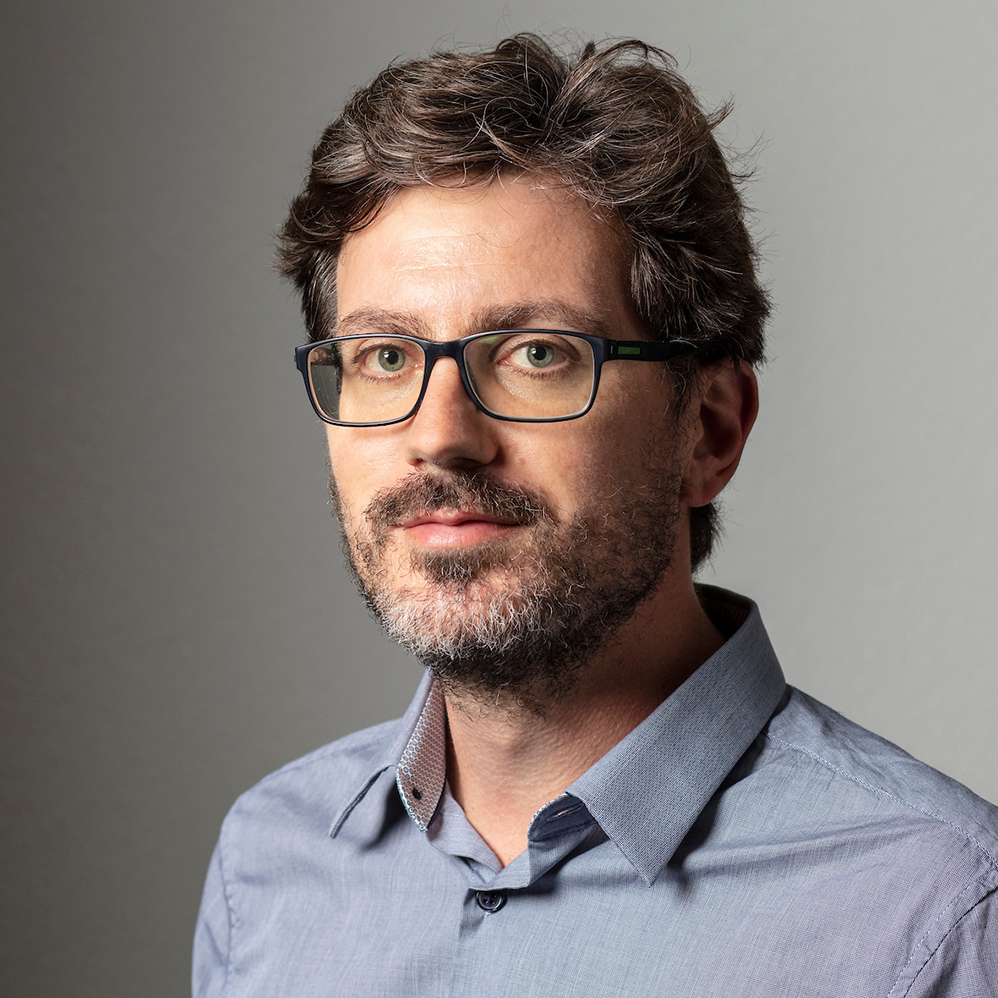Village honours Hermann Hesse, the painter

A village overlooking Lugano inspired literary genius Hermann Hesse.
He not only wrote great works such as «Siddhartha» and «Steppenwolf», but painted bright landscapes as well.
Hesse moved to Montagnola in 1919, at the age of 42, and found it to be ideal to quell the turbulence he was experiencing in his life.
The sleepy yet friendly village atmosphere, the way the direct sunlight bathed the flank of the Collina d’Oro, and the natural beauty of the woods nearby, worked wonders on him, according to the curator of Montagnola’s Hermann Hesse Museum.
«Hesse came here at a troubled moment in his life,» explains Regina Bucher. «The First World War had just drawn to a close and he was in a crisis because he had left his much-loved family.»
«Yet here in Ticino, Hesse found the ‘joie de vivre’, the spirit and creativity to write and to take up painting with water colours. He had great respect for the local culture, religion and the splendid nature of the area.»
Pastel coloured
A Swiss citizen from the age of 47, Hesse felt Montagnola was at an international crossroads, despite the parochial air it exudes.
«The mentality of the village people was Swiss, yet he greatly felt the influence of living on the border with Italy and felt in touch with all corners of the world,» Bucher says.
Many of Hesse’s paintings are pastel coloured landscapes that are on display in the «Torre Camuzzi».
It’s a quaint old tower squeezed into one of the village’s steep, narrow streets in which a tiny museum dedicated to Hesse’s 43 years in Montagnola was opened in 1997, marking the 120th anniversary of his birth.
The watercolours are but one feature of the Torre Camuzzi.
Intricately woven carpets that were gifts to Hesse brighten up the walls of the main room; books taken from Hesse’s private library (Goethe and Jean Paul were his authors of choice) are on display; and elements taken from his wardrobe (including dhotis from his Siddhartha days) have been put behind glass.
However, the exhibits that provide the greatest insight into the genius’ life, and how Montagnola influenced it, are provided by the vast collection of Hesse’s letters.
He corresponded with a wealth of people, from the well known (Mann, Freud, Adenauer) to the lesser-known readers of his works.
«Hesse answered every single letter, even if it was, for instance, from a 16-year old student in Hamburg!» exclaims Bucher, standing before samples of the estimated 35,000 letters that Hesse is said to have written until his death in Montagnola at the age of 85.
Typical Ticino
Some of the missives – like those to his children – are lovingly illustrated with tiny paintings of typical Ticinese scenery.
Though he died nearly four decades ago, there are still villagers who remember the man who could often be seen trudging up from Lugano, wearing his trademark straw hat and with his watercolours tucked under his arm.
(Visitors can still take the same footpath today, along with a number of walks created expressly through the nature that inspired Hesse.)
One such villager is Signor Petrini, who was the head of Montagnola’s modest little post office. Hesse quickly befriended him, and would often welcome him into his garden to chat about his works when Petrini came to deliver the mail.
According to local lore, one day an official-looking black Mercedes was standing outside the author’s gate. As Petrini approached the house, Hesse as usual hailed him.
In a manner that was typical of the warm and spontaneous approach the internationally acclaimed writer, poet and artist had toward the Ticinesi, Hesse nonchalantly introduced the humble postman to his guest.
«Signor Petrini, this is a friend of mine, Theodor Heuss,» Hesse is reported to have said casually.
The former president of Germany was on an official visit to the home of the most widely read German-language author in the world.
by Juliet Linley in Lugano (first published in 2001)
Hermann Hesse was born in 1877 in the German town of Calw.
He moved to the Italian-speaking village of Montagnola in 1919, where he wrote many works including, Siddharta, Steppenwolf and the Glass Bead Game.
He was granted Swiss citizenship in 1924, and during the Second World War helped many Jews escape Nazi Germany.
He received the Nobel Prize for Literature in 1946, and died in Montagnola in 1962.

En cumplimiento de los estándares JTI
Mostrar más: SWI swissinfo.ch, certificado por la JTI








Puede encontrar todos nuestros debates aquí y participar en las discusiones.
Si quiere iniciar una conversación sobre un tema planteado en este artículo o quiere informar de errores factuales, envíenos un correo electrónico a spanish@swissinfo.ch.